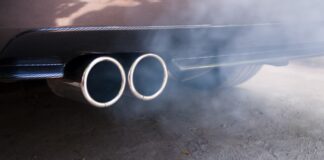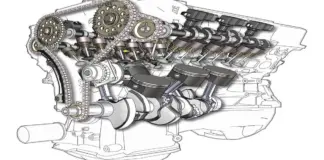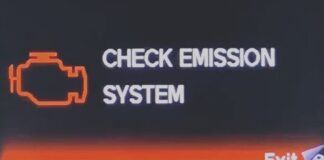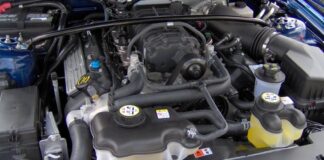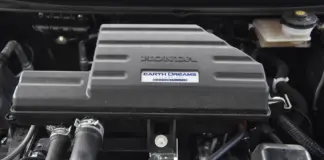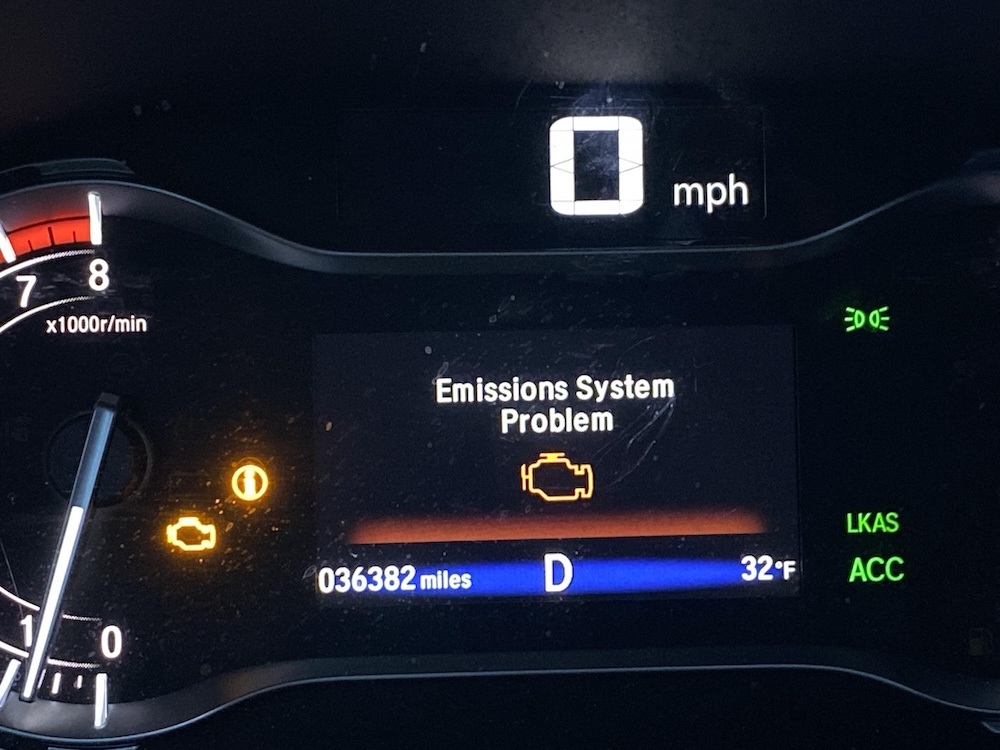Dealing with an emissions issue in your Honda Pilot can be a headache. Often, the problem comes from parts like the catalytic converter or fuel injectors not working properly. Ignoring the warning light might lead to bigger repairs later. Knowing the usual causes can help you figure out what steps to take. Read on to learn real-world fixes and keep your Honda Pilot in top shape.
How the Honda Pilot Emissions System Works
Your Honda Pilot’s emissions system reduces air pollution and keeps the engine running efficiently. It includes major parts like the catalytic converter and oxygen sensors. Each of these plays a role in cutting down harmful exhaust gases.
Main Parts of the Emissions System
The emissions system in your Pilot is designed to reduce the release of harmful gases. Key parts include the catalytic converter, oxygen sensors, and the exhaust manifold.
The exhaust manifold collects gases from the engine and funnels them into a single pipe. The catalytic converter turns these gases into less harmful substances. Oxygen sensors track the oxygen in the exhaust to help the engine run more efficiently.
What the Catalytic Converter Does
The catalytic converter is a major part of your emissions system. It changes toxic gases into safer ones like carbon dioxide and water vapor.
This part contains precious metals like platinum, palladium, and rhodium to trigger chemical reactions that clean up exhaust. When working properly, it lowers the amount of pollution your car puts out.
If it goes bad, your car may pollute more and lose power. It’s important to inspect it regularly and replace it if needed.
Oxygen Sensors and Their Job
Oxygen sensors help manage fuel use and emissions. They check how much oxygen is in the exhaust after combustion.
If there’s too much or too little oxygen, the engine’s computer adjusts the fuel mix. Working sensors help your engine run cleanly and efficiently.
A failing oxygen sensor can turn on warning lights and cause poor fuel economy. Replace them if you notice these signs.
Making sure these components work correctly helps keep your Pilot clean and running efficiently. Regular inspections can prevent warning lights and bigger issues later on.
Typical Emissions Issues and What to Watch For
If your Honda Pilot has emissions problems, you might notice things like dashboard lights or performance drops. Knowing what to look for helps you catch and fix issues early.
Dashboard Alerts and Error Codes
One of the earliest signs is the check engine light. It could mean trouble with the catalytic converter, oxygen sensor, or fuel injectors.
Using an OBD-II scanner will give you specific error codes to identify the issue. These codes help mechanics zero in on the cause. Don’t ignore them—doing so can lead to worse problems.
Misfires and Power Loss
When your engine misfires, you might feel a rough idle or sluggish acceleration. This happens when the air-fuel mix doesn’t burn properly, which affects performance.
Unfixed misfires can damage the engine. Address these symptoms early to avoid expensive repairs and keep the vehicle running well.
Fuel System Issues
The fuel system plays a big role in emissions. Faulty fuel injectors can spray fuel unevenly, leading to incomplete combustion and more pollution.
The check engine light might point to this, and an OBD-II scan can confirm it. Fixing injector problems helps reduce emissions and save on gas.
Exhaust System Trouble
The exhaust system helps control emissions. Problems like a damaged catalytic converter or leaking pipes can raise your pollution levels.
Keeping this system in good shape can prevent you from failing emissions tests or facing costly repairs. Regular checks help you catch issues early.
What Causes Emissions Problems in the Honda Pilot?
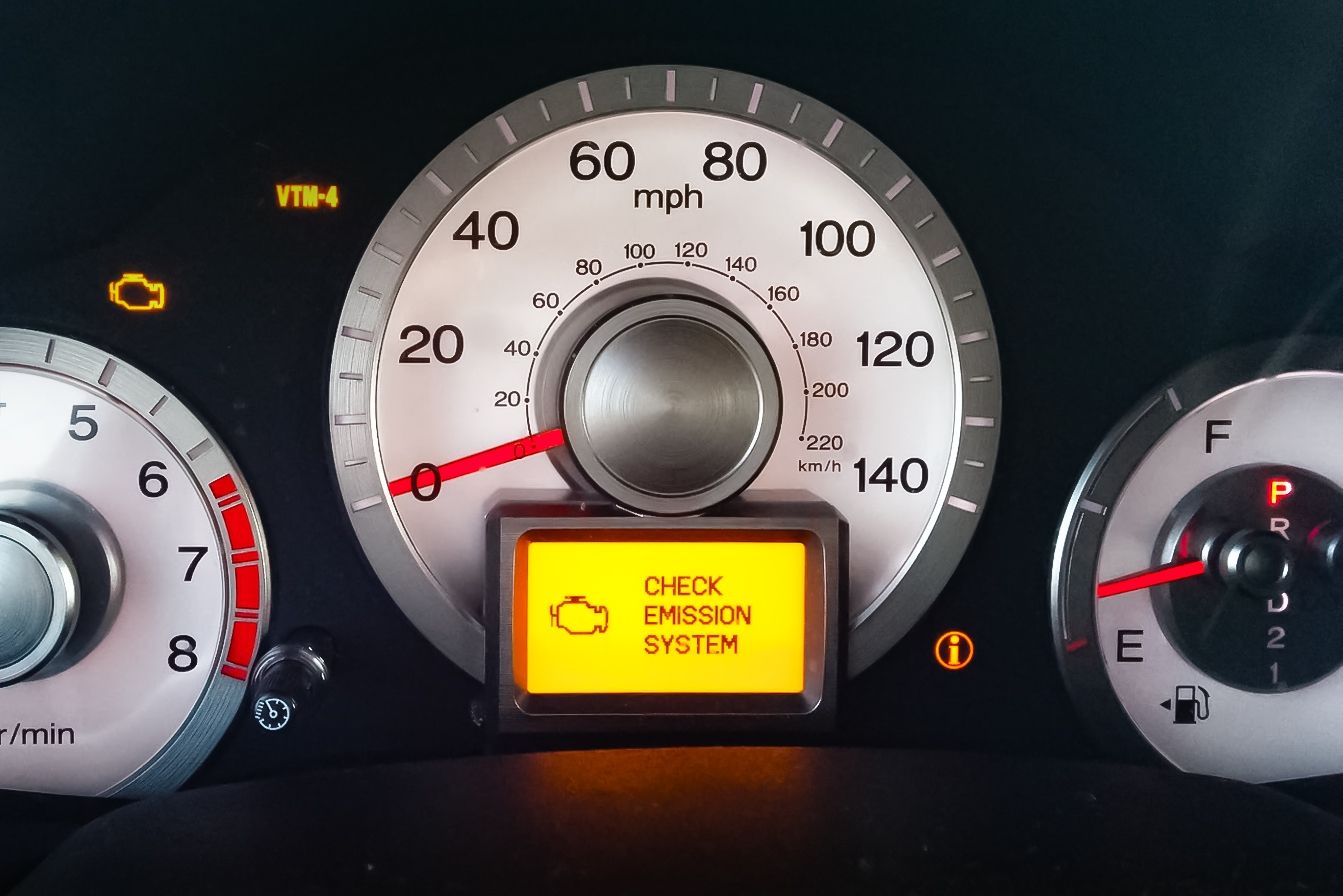
Emissions issues in Honda Pilots often come from component failures. Trouble spots include the catalytic converter, oxygen sensors, spark plugs, and air intake system.
Catalytic Converter Problems
The catalytic converter cuts down harmful gases. In Pilots, it can get clogged or damaged, often from excess carbon due to unburned fuel. This reduces power and raises emissions. Learn more here.
You might smell rotten eggs, notice slow acceleration, or see warning lights. Fixing related issues like misfiring plugs can prevent damage to the converter.
Oxygen Sensor Failures
Your Pilot’s oxygen sensors send data to the computer to manage the fuel mix. If they go bad, fuel economy suffers and emissions go up.
Common signs include a rough idle or poor mileage. Replacing them early can restore performance and prevent other damage.
Spark Plug and Ignition Issues
Spark plugs ignite the fuel-air mix. If they’re worn or dirty, misfires can occur, leading to poor engine efficiency and higher emissions.
Watch for weak acceleration or a rough start. Replacing plugs and maintaining your ignition system helps reduce emissions and keeps things running well.
Air Intake System Concerns
A clean air intake ensures your engine gets enough oxygen. A dirty or blocked air filter chokes airflow and raises emissions.
Signs include power loss or strange engine sounds. Changing the air filter is a quick, effective fix to prevent emissions trouble.
Fixing Your Emissions System
Fixing emissions problems keeps your vehicle running right and avoids costly engine issues. Problems can stem from worn-out parts, skipped maintenance, or outdated software.
Swap Out Bad Parts
Check for worn fuel injectors, catalytic converters, bad spark plugs, or dirty air filters. Also, faulty cylinder-deactivation components can affect performance. A mechanic can help pinpoint the problem and suggest needed replacements.
Why Maintenance Matters
Regular upkeep keeps your emissions system healthy. Change your spark plugs and air filter on schedule. Check the VCM and look for any leaks. Staying on top of maintenance improves both emissions and performance.
Update Software if Needed
Sometimes your car’s PCM needs a software update to fix performance issues. Updates can solve problems when replacing parts doesn’t help. Check with your dealer or mechanic to stay current.
Tips to Prevent Emissions Problems
Staying ahead of emissions problems is easy with regular care. Here are a few simple habits to help.
Make sure the gas cap fits tightly. A loose cap lets vapors escape, which can trigger warning lights.
Inspect the fuel filler neck for rust or wear. A damaged one can cause leaks and emissions issues.
Swap the air filter regularly to help the engine get the air it needs and cut down on emissions.
Test oxygen sensors from time to time to ensure the engine runs efficiently.
Have your Pilot tuned regularly. That includes checking spark plugs and the ignition system for issues.
Routine mechanic visits can catch small problems before they grow. Pros have the tools and know-how to keep your emissions system working right.

